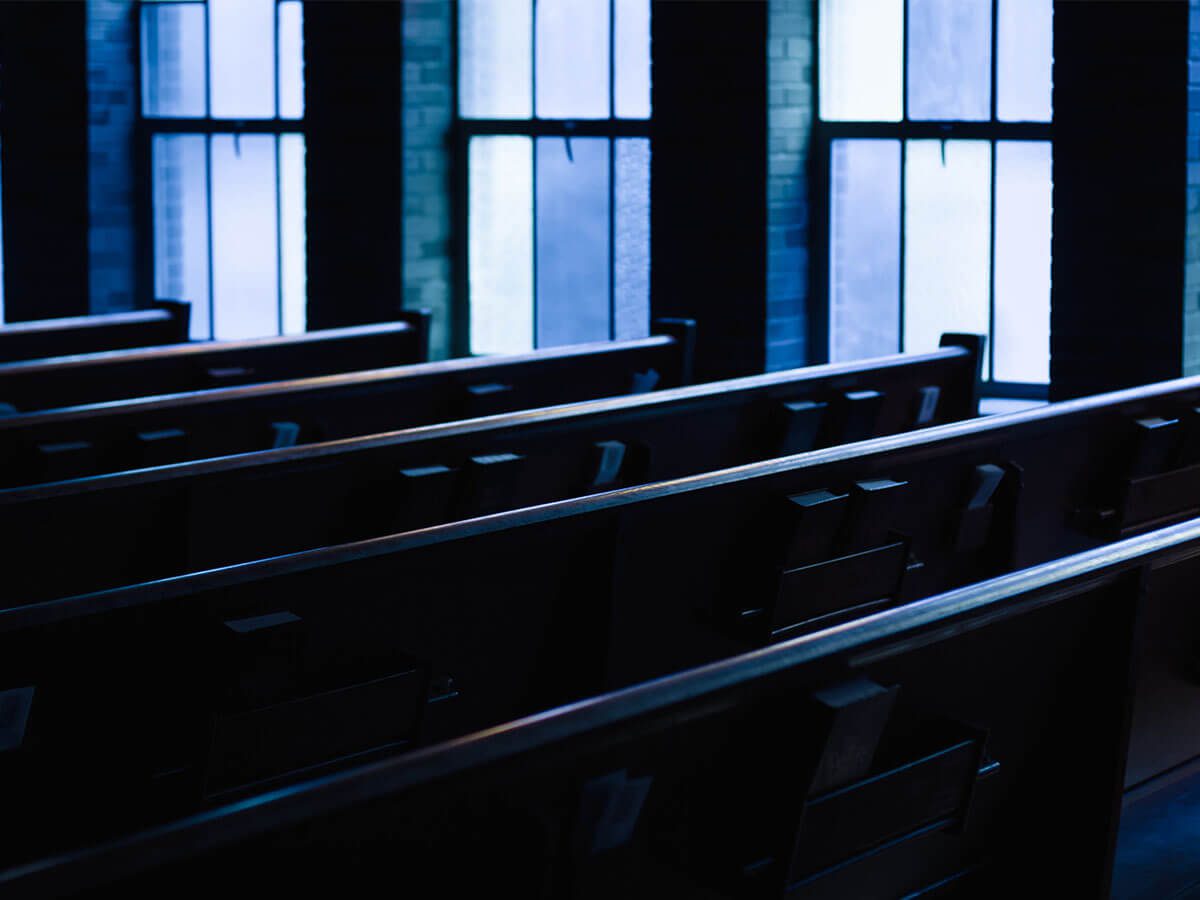
A recent Gallup poll has shown that less Americans are attending religious services than ever before. The poll came from aggregated data through phone surveys from 2021, 2022, and 2023. The data was gathered from 32,000 U.S. adults, with at least 200 respondents in each religion. Twenty-one percent of Americans stated they attend religious services every week while 9percent stated they attended nearly every week. Eleven percent attended once a month while 25 percent seldom attended, and 31 percent never attend. The number of weekly attenders has consistently dropped over the last two decades, with 42 percent of Americans attending religious services weekly in 2000-2003 and 38 percent attending weekly from 2011 to 2013.
The decline is common across all religious groups, with only Muslims showing a slight uptick from 2000-2003 numbers (though down from 2011-2013 numbers) and Jewish Americans rising slightly through the last two decades. Mormons had the highest number of adherents attending services every week or almost every week (67 percent). Forty-four percent of Protestants and nondenominational Christians attended services every week or nearly every week while 38 percent of Muslims did as well. During the last two decades, the number of Americans who have no religious affiliation has more than doubled, from 9 percent to 21 percent. Gallup concluded that the numbers would continue to decline in future decades due to younger generations leaving faith in bigger numbers. Thirty-five percent of 18–29-year-olds have no religious preference and only 22 percent of those with a religious preference attend services regularly.
Two pastors, Jim Davis and Michael Graham, did a deep dive in the “Great Dechurching” of America. The two pastors pulled together a survey of 1,043 Americans to uncover the extent of “dechurching,” defined as having attended service at least once a month in the past and now attending less than once a year. That study found that 15 percent of Americans were dechurched. A further study looked into 4,099 dechurched Americans. Graham and Davis compiled their findings in a book, The Great Dechurching: Who’s Leaving, Why Are They Going, and What Will It Take to Bring Them Back? The study divided dechurched Americans into two categories: the casually dechurched, who fell out of the habit of attending, and the church casualties, who left church due to conflict. On the positive side of their study, Davis and Graham found that half of those who were “dechurched” would be willing to come back. Speaking in an interview, Davis addressed those who have been hurt from church. “Let me just first say that hearing these stories are heartbreaking. And if they can hear me right now, I would say it sounds like in most cases you should have left that church, but it doesn’t mean you have to leave the church,” he said. “And what we’ve seen in our study is over half of the people who have left church are willing to come back, if they can find the true expression of Christianity.”
